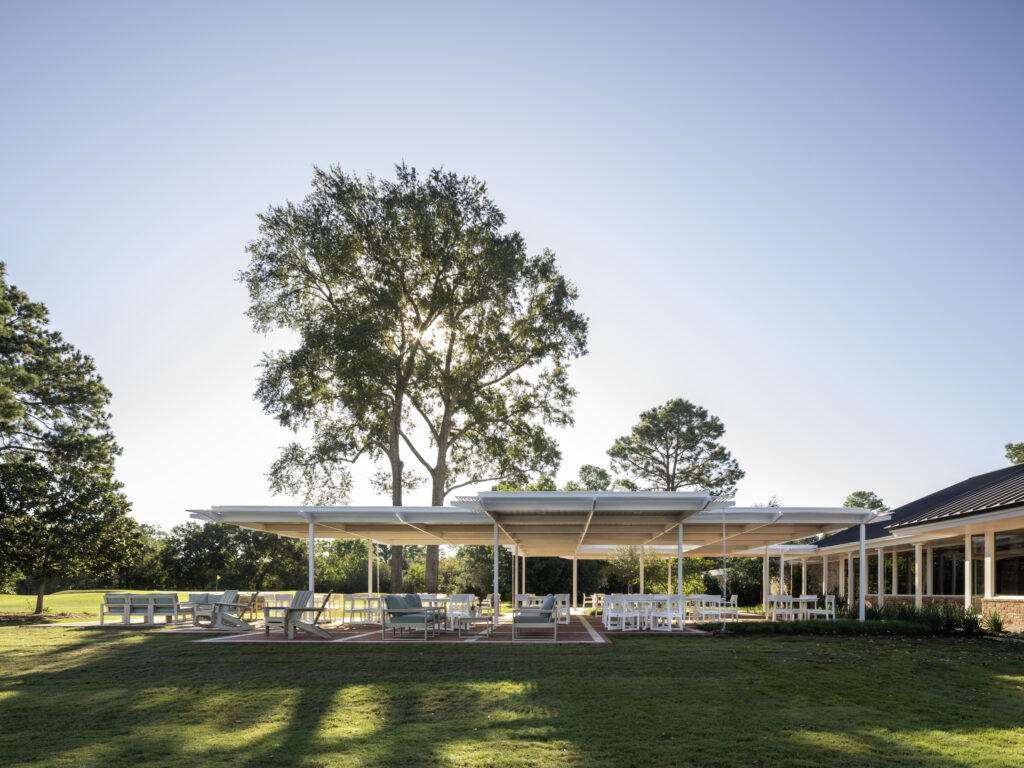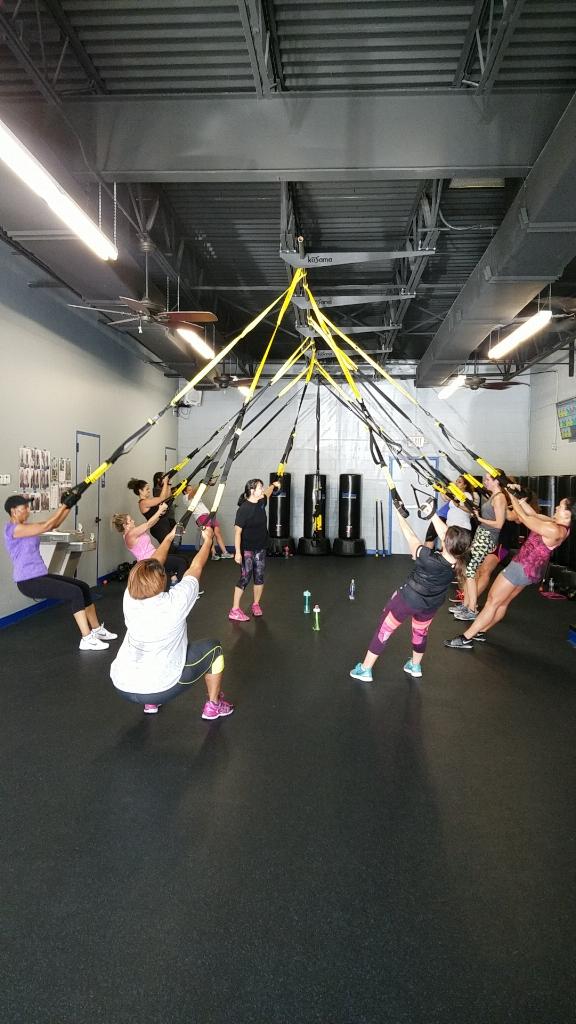
As an architect deeply rooted in the heart of Houston, Texas, and attuned to the distinctive architectural vernacular of the Gulf Coast, I am compelled to shed light on a design element that often goes unnoticed but plays a pivotal role in the resilience and longevity of homes in our region – raised foundations. While the economic appeal of slab-on-grade construction may be tempting for developers, the long-term benefits of elevated foundations far outweigh the initial cost considerations for homeowners. In this exploration, we will delve into the significance of raised foundations in the context of Houston and the Gulf Coast, unraveling the advantages and acknowledging the challenges that come with this architectural choice.
Flooding
One of the most pressing challenges facing Houston and the Gulf Coast is the recurrent threat of flooding, exacerbated by the city’s flat topography and its susceptibility to tropical storms. Homes built directly on a slab foundation, while cost-effective in the short term, are vulnerable to flooding, leading to extensive property damage and financial setbacks for homeowners.
Raised foundations alleviate the perennial flooding issue. Elevating the living space above potential flood levels provides a safeguard for homeowners, mitigating the risk of water damage to essential structural elements and possessions within the home. As architects, we must prioritize not just the aesthetics of a home but also its ability to withstand and adapt to the environmental challenges unique to our region.
Unstable Soil
The Gulf Coast is characterized by its diverse and sometimes tricky soil conditions. The expansive clay soil prevalent in the region can undergo significant volume changes with moisture variations, posing a considerable challenge for foundational stability. This challenge is further compounded by Houston’s hot and humid climate.
Raised foundations offer a stable and adaptable solution to counter the effects of expansive clay soil. By lifting the structure above the ground, architects create a buffer zone that helps minimize the impact of soil movement. This strategic elevation serves as a protective measure against the potentially damaging consequences of soil expansion and contraction, providing a solid foundation for the longevity of the home.
Ventilation and Cooling
The scorching heat of a Houston summer is no secret to its residents. Efficient ventilation and cooling systems are imperative for creating comfortable living spaces. Raised foundations, often accompanied by a crawl space beneath the home, contribute to a natural ventilation mechanism that keeps interiors cooler and enhances the overall livability of the space.
Elevating a home allows for the incorporation of features such as vents, louvers, and open spaces beneath the structure. This deliberate design choice facilitates air circulation, dissipates heat, and prevents moisture buildup, creating a more comfortable indoor environment. In a region where the summer sun can be relentless, the natural cooling effect of a raised foundation is an investment in the well-being and comfort of homeowners.
Initial Cost vs. Long-Term Benefits
While the advantages of raised foundations are evident, it is crucial to acknowledge the economic considerations that often steer developers toward the more economical option of slab-on-grade construction.
The primary drawback associated with raised foundations is the higher upfront cost. Construction expenses, including the need for additional materials and labor, contribute to a higher price tag compared to slab-on-grade alternatives. However, it’s essential to view this as an investment rather than an expense, considering the long-term benefits in terms of resilience and reduced maintenance costs.
Accessibility
It would be remiss not to address the valid concerns related to accessibility posed by raised foundations, particularly for individuals with mobility issues or those looking for single-story living options.
The presence of stairs and elevated entry points can be perceived as a disadvantage, limiting the accessibility of the home. As architects, it becomes imperative to find innovative solutions that balance the need for raised foundations with the goal of creating inclusive and accessible living spaces.
In conclusion, an architect’s role extends beyond the drafting table; we are advocates for resilient and sustainable living. In the context of Houston and the Gulf Coast, this advocacy takes the form of championing raised foundations as a design choice that aligns with the environmental and climatic realities of our region.
By educating the general public on the advantages of raised foundations, we empower homeowners to make informed decisions that prioritize long-term resilience over short-term cost savings. Our commitment to creating homes that not only withstand the challenges of our environment but also enhance the quality of everyday life is what sets the tone for the architectural legacy we leave behind.
In the dynamic landscape of Houston and the Gulf Coast, architectural decisions are not just about aesthetics – they are a response to the call of the environment, climate, and the unique challenges our region faces. Raised foundations are an exemplar of resilience, protecting homes from the ever-looming threat of flooding, stabilizing structures on expansive clay soil, and contributing to a naturally cooler and more comfortable living space.
As architects, let us embark on a mission to educate and advocate, fostering a deeper understanding among homeowners, developers, and the community at large. By emphasizing the long-term benefits of raised foundations, we contribute not only to the individual well-being of our clients but also to the collective resilience and sustainability of the Gulf Coast region. In the evolving narrative of architectural choices, let elevated foundations stand as a testament to our commitment to building homes that endure and thrive in the face of the unique challenges presented by our dynamic environment.
Explore
Champions Golf Pavilion
Houston, Texas
Commercial
The new Founder’s Patio at Champions Golf Club offers an exciting opportunity for dining, relaxing and enjoying the golf club. Located along the golf side of the existing clubhouse, the design respects and resonates with the existing architectural language on the property, while amplifying and adding to the experience of club.
Michelle Haynes
Swing Dancer, Fitness Coach & Entrepreneur
Culture and Community
In this episode, our resident architects Joe Rivers and Kevin Barden visit with Michelle Haynes, a swing dancer, fitness instructor, and entrepreneur from Houston, Texas. Michelle Haynes is a veteran of the competitive swing dancing community, both in Houston and at the national level, and about two years ago turned her enthusiasm for dance, movement, and teaching into an entrepreneurial venture, opening a group fitness gym. Joe and Kevin sat down with Michelle to discuss her beginnings in swing dancing and how her passions evolved into her new business.
Immersive Tools
Kevin Barden
Writing
At a time when artificial intelligence and digital tools dominate discussions of architectural education, the practice of making large-scale physical models serves as an ever more important tool for the development of a student’s creative voice, sense of discovery, and long-term learning. Through an understanding of temporal and spatial kairotic environments and an iterative process these large-scale physical models possess the potential to embody experiential qualities in a meaningful manner.


